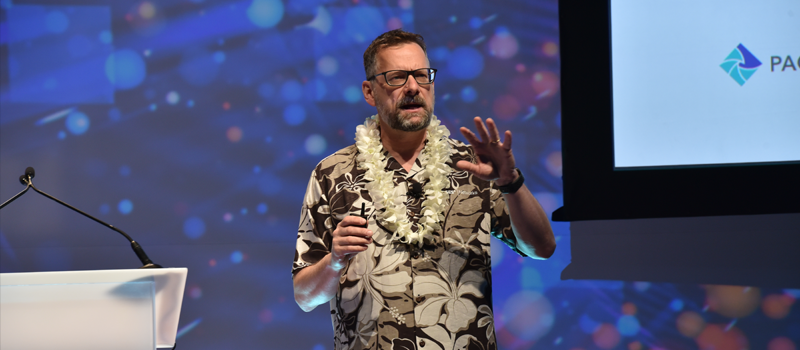 Stop anyone on the street of any major city and ask them if they think we live in a 24-7, always-on, always-connected world. If you can get them to put down their smartphone for a moment, they’d probably say “yes.”
Stop anyone on the street of any major city and ask them if they think we live in a 24-7, always-on, always-connected world. If you can get them to put down their smartphone for a moment, they’d probably say “yes.”
The statistics, however, tell a different story. According to the ITU, the United Nations agency for information and communication technologies, only about 51 percent of the world’s population had access to the Internet in 2018. Surprisingly, given the regions’ well-publicized rapid adoption of online technologies, the percentage in Asia Pacific is even lower. Here’s how the numbers break out by geography:
| Country | Internet Access |
|---|---|
| Europe | 80% |
| CIS | 71% |
| The Americas | 70% |
| Arab States | 55% |
| APAC | 47% |
| Africa | 24% |
Satellites Have the Power to Change the World
Studies show that there is a direct link between Internet connectivity and economic development. In 2016, the World Bank released a report that examined the results of several previous studies. Collectively, these studies show a 1-2 percent increase in GDP for every 10 percent increase in broadband penetration. These findings are supported by a more recent study conducted by Ericsson and Imperial College in 2017, which found a 0.6-2.8 percent increase in GDP for every 10 percent increase in mobile broadband connection.
Bringing connectivity to these communities can be difficult. They are largely made up of remote communities, often rural, in hard-to-reach areas. For example, the French Polynesian archipelago is comprised of 118 islands, 67 of them populated. While these islands have only slightly more than a quarter of a million inhabitants, they exemplify the challenge of global connectivity. Write these people off, and you’re writing off much of the remaining 3.7 billion people around the world who have yet to be connected.
Today, submarine cables carry as much as 99 percent of intercontinental communications, but these cables largely connect major land masses. Until an island population reaches a certain density and economic significance, laying cables to these communities isn’t financially feasible. Furthermore, submarine cables can do nothing to reach communities in the remote, mountainous, or agricultural regions of countries like China.
The Last Kilometer in Communications
In a Center Stage presentation at PTC’19, Steve Collar, President and CEO of SES, talked about his organization’s success in connecting communities – like French Polynesia, the Solomon Islands, and the Cook Islands – through satellite networks and related services.
Collar’s vision for satellite communications and his company is a broad one. He sees a future where satellite plays an integral role alongside traditional terrestrial connectivity solutions in a mesh network that reaches every corner of the globe. This is combined with the services these remote communities need to address their unique challenges.
According to Collar, “We don’t think about ourselves as a satellite company anymore. We think about ourselves as a network company and how we integrate ourselves seamlessly with terrestrial standards and terrestrial bodies.”
Collar also talked about his company’s next generation of satellites, which will be launched in 2020 and in service by 2021. The current generation of O3b satellites have 10 beams each. When the O3b mPOWER satellites are launched, each one will have 4,000 beams.
“[The 03b mPOWER satellites] will allow us to bring the same kind of state-of-the-art connectivity that we deliver into Rarotonga or into Honiara or into every single island and every single community in the Pacific,” said Collar. “That is game-changing, and we can do it in a way that the economics make sense.”
If you’d like to learn more, you can access Steve Collar’s full PTC’19 Center Stage presentation on YouTube: Vision for Connectivity in the Pacific.







